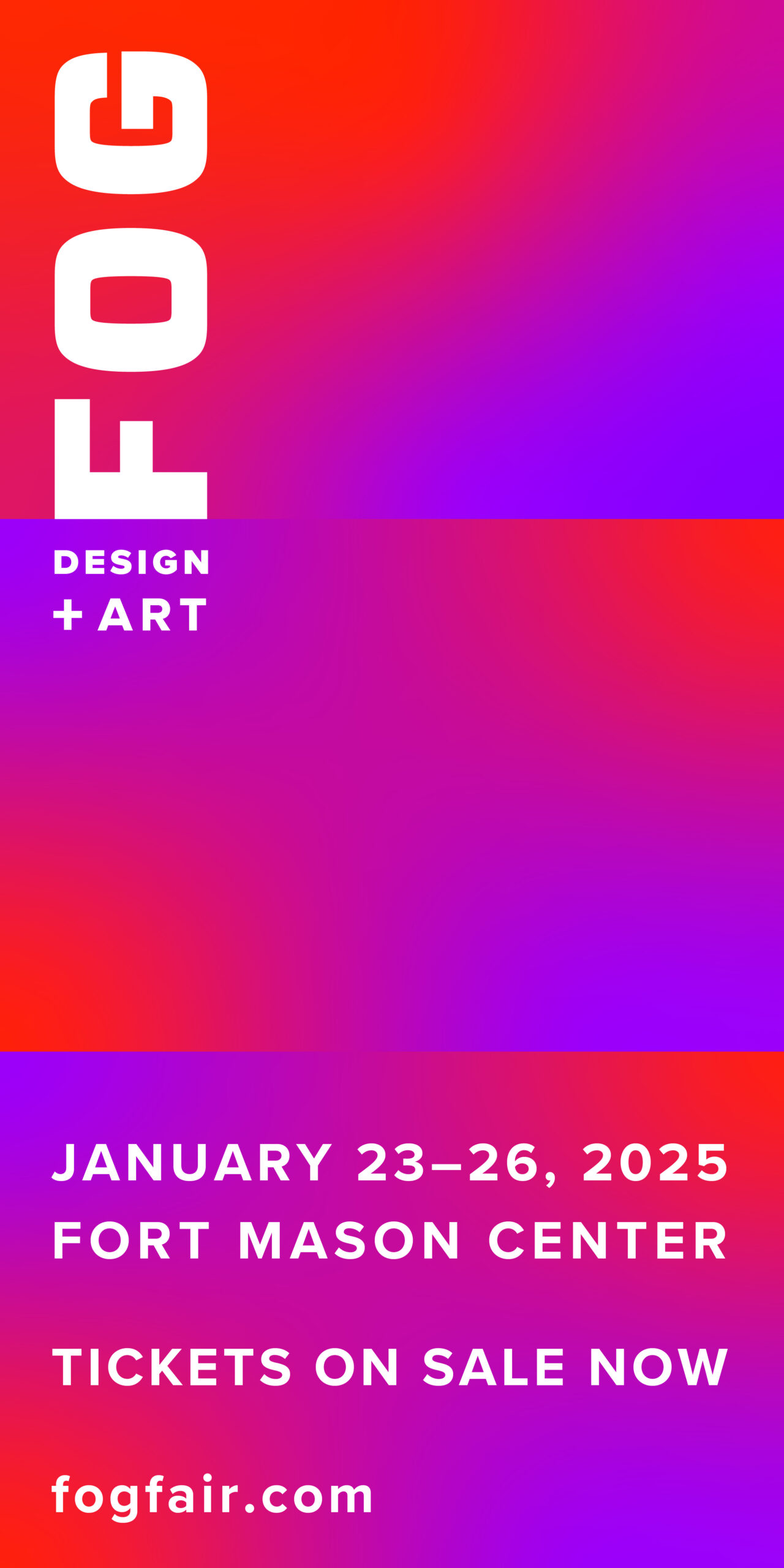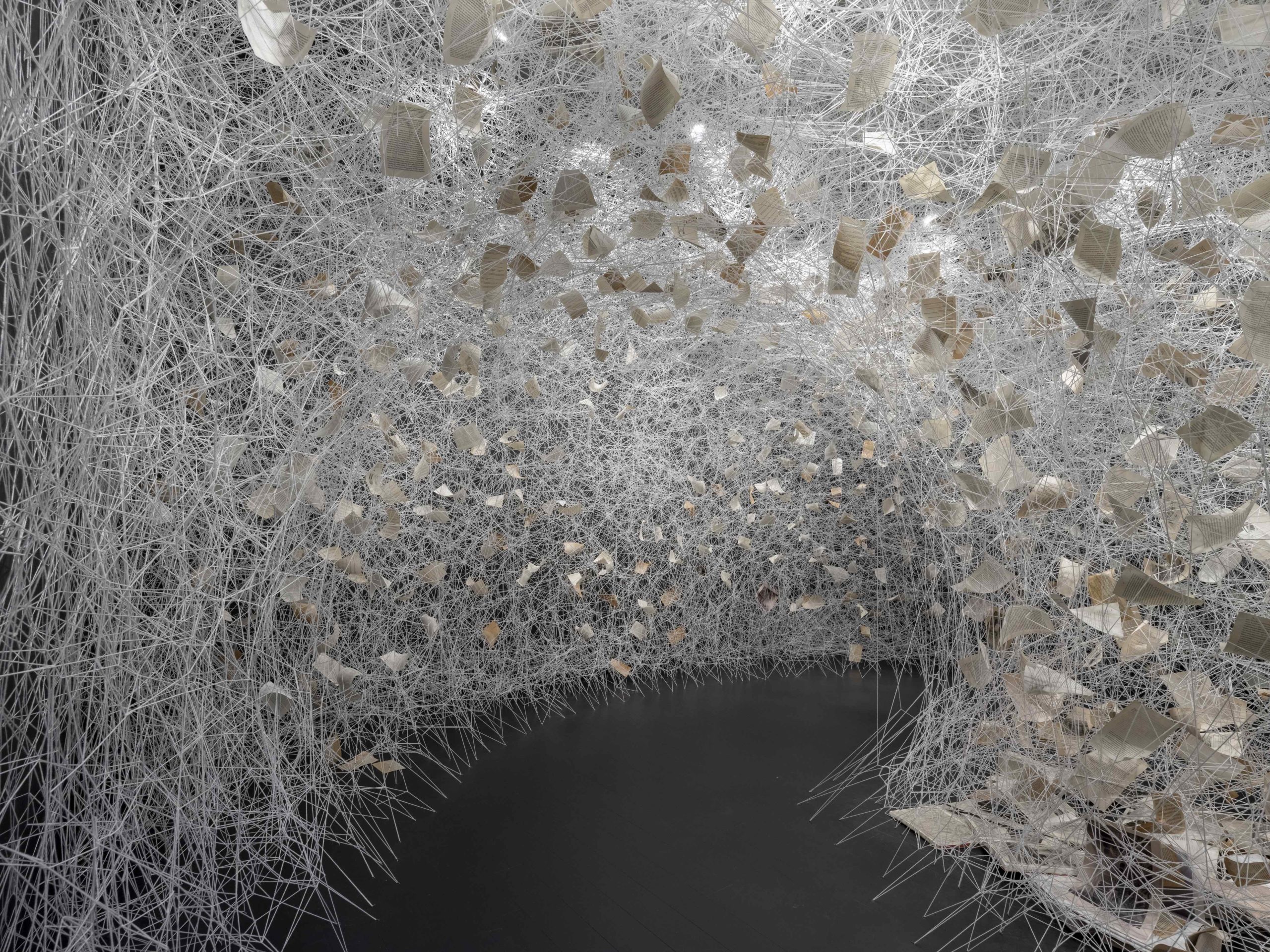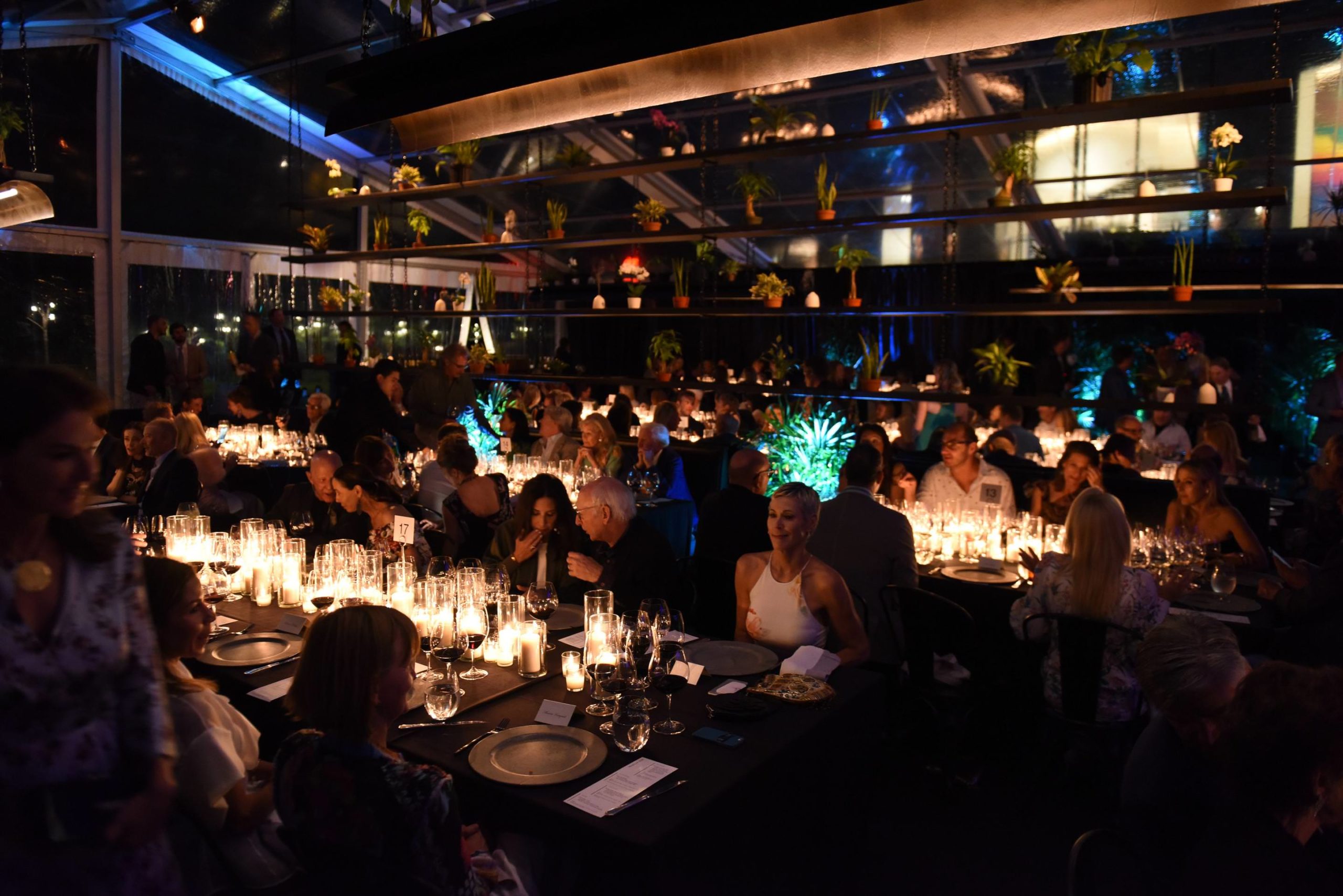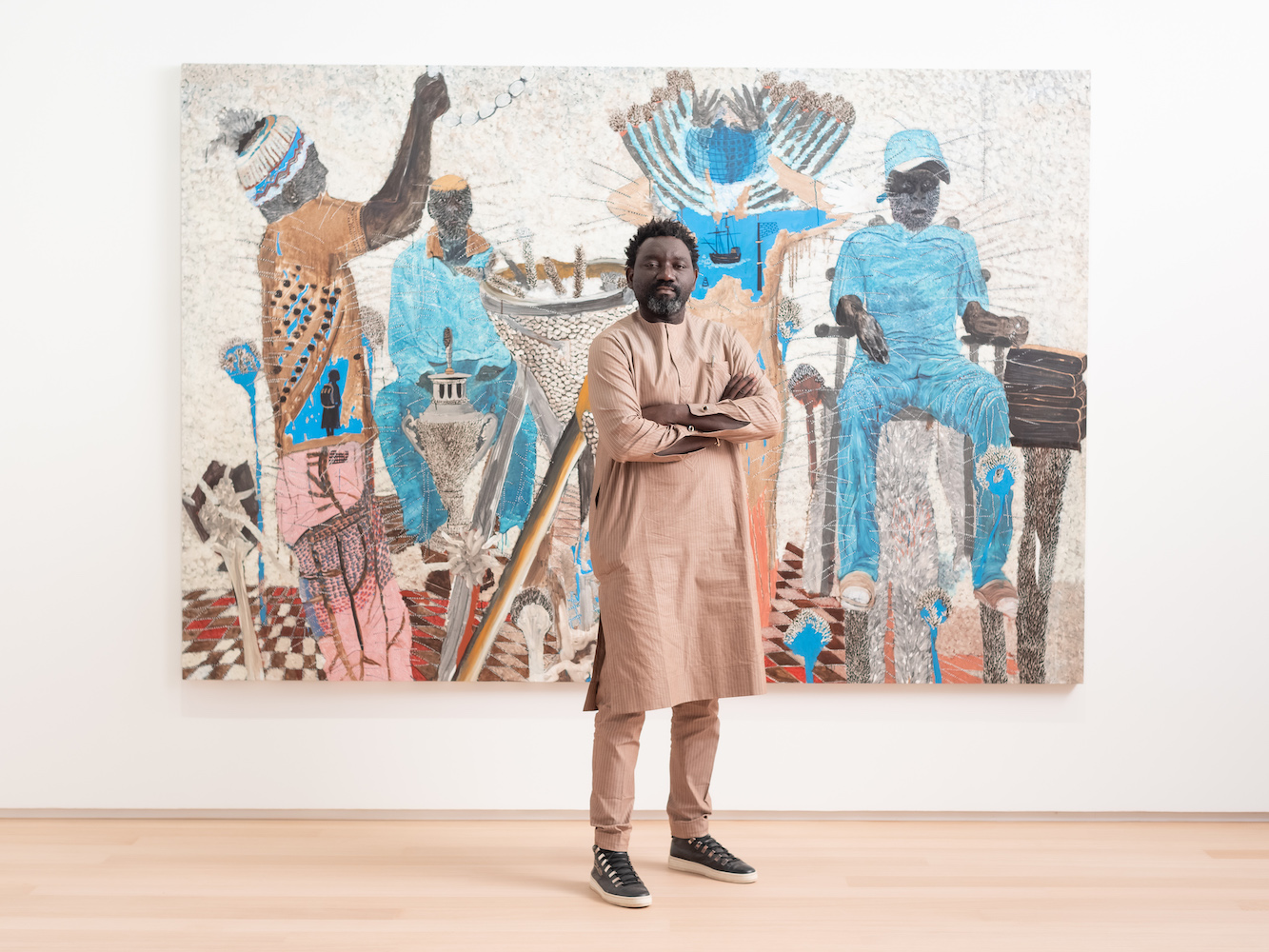Sweet drops of crystallized sugar, melting drips of ice cream, fluffy wisps of cotton candy. You’ve seen the paintings, and assuredly salivated while trying digest their realistic nature. This is likely the work of New York-based artist Will Cotton, who is currently unveiling an exhibition at Galerie Templon in Brussels entitled “The Taming of the Cowboy.”
It has been ten years since Will Cotton’s last exhibition at the gallery, and his return takes a provocative peek at something a bit different—the life of a cowboy. Typically associated with American masculinity, dotted with violence, cowboys have been notorious for their rebellious reputation. On view through July 31, the exhibition explores a new idea—a contrasting destiny for the cowboy, questioning the notion of gender and representation.
Whitewall spoke with Cotton about when he first learned he wanted to be an artist, how he’s passing time in isolation, and his latest works on view.
WHITEWALL: How are you doing amid COVID-19? How are you spending your time in isolation?
WILL COTTON: I haven’t been sick yet. I feel bad for my friends who’ve had it.
Mostly I’ve been painting, but I’ve also just started reading a book called “The Subtle Art of Not Giving a Fuck” I think this will help me to get through this weird social distancing moment.
WW: Are you able to make work at this time? Is your studio accessible?
WC: My studio is also my home, so I’ve been painting as always, but I miss having live models in the studio. I know some of them are posing over Zoom, but I haven’t been able to make that work for me yet.
WW: Tell us a bit about “The Taming of the Cowboy,” featuring a group of oil paintings and new drawings in oil, sanguine, and pencil.
WC: The show title refers to the struggle between the hyper-masculine and the ultra-feminine in all its complexity. Each one appears dangerous to the other, as though their status could be undermined by close proximity alone.
Some of the paintings accentuate the animosity, while others show the potential of coming to understand and mutually accept each other. It’s about the cowboy coming to terms with his feminine side.
WW: Can you describe the relationship between the figures in the paintings—a cowboy and a pink unicorn?
WC: The cowboy views the world around him as a thing to be conquered, dominated. His instinct on first seeing the unicorn is to get a rope around its neck and wrestle it to the ground. In mythology, the unicorn is known for being inaccessible to men, only appearing to virgin girls. So, the relationship that develops between them is unprecedented and ultimately mutually rewarding.
WW: How were these new oil paintings and drawings inspired by your trips to Wyoming and Camargue, France?
WC: I was at an art residency in the fall of 2018 in Wyoming at the Ucross Foundation with no real plan when I started sketching some of the local cowboys. I wound up getting deep into the symbolism of this American archetype and then began pairing the cowboy with the unicorn.
I got curious about the Camargue region of France, which is known for its cowboys, so I spent a few days there. The local white horses made excellent unicorns. I like to immerse myself in my subject matter, so I rode the horses and sketched them in situ. I wound up composing several of the paintings that are in the Templon show there.
WW: Tell us a bit about your early beginning with painting sweets in conversation with the figure.
WC: The figure, in conjunction with the sweets, came into the work around 2002. I was thinking about utopia/dystopia and how it might actually feel to be in the dreamscape of your own desires. So, populating the candy land paintings helped me to sort through those possibilities, and to better imagine what the experience of living in a candy landscape—having all your dreams fulfilled all the time—might feel like.
WW: When was your “aha” moment, when you decided you wanted to pursue art as a profession?
WC: I was a kid mowing lawns for four dollars apiece, when I sold my first painting for $25. Then I quit lawn mowing.
WW: What’s your favorite candy?
WC: Peanut brittle from See’s Candies.










